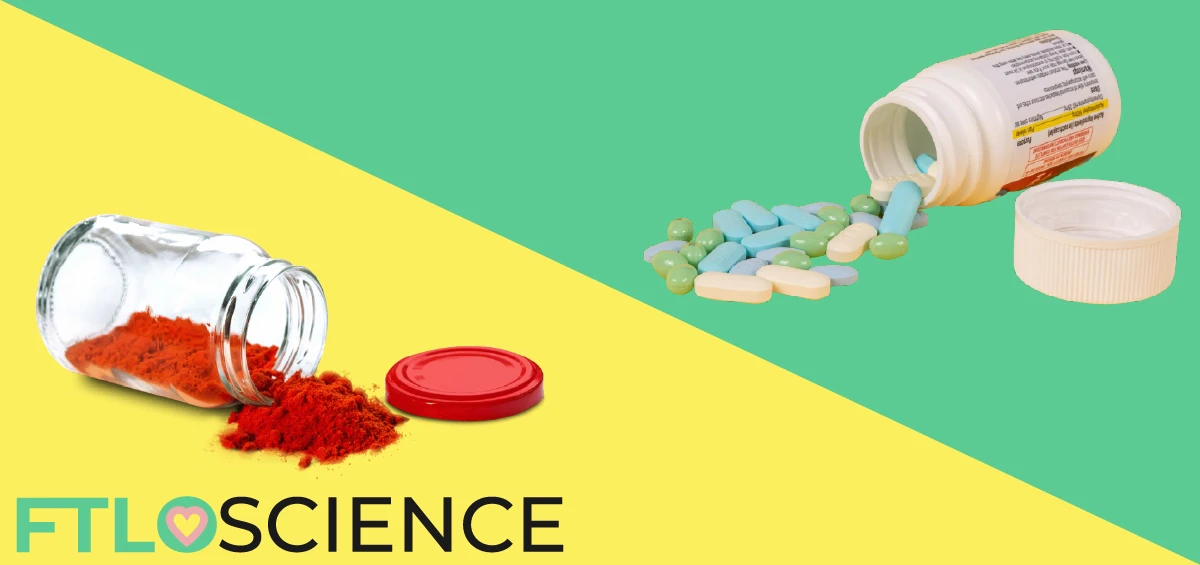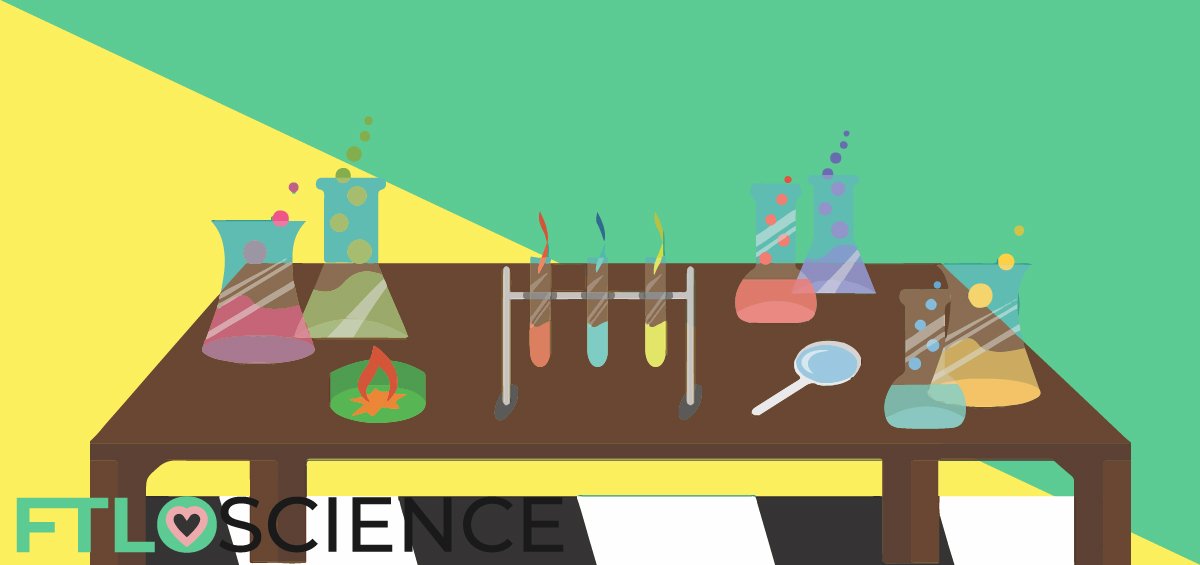Tablets (or pills) are made by compressing several chemical ingredients together. Apart from the active ingredient, the rest of the tablet comprises excipients or ‘non-active’ components. But even though they don’t directly provide a therapeutic benefit, excipients still play a significant role in the overall drug product. This resource highlights the different excipient types and their roles in tablet formulation.
Tablet excipients can be categorized into:
- Fillers that make up the bulk of the drug product
- Binders to hold everything together during compression
- Disintegrants that allow the drug to break down in the stomach
- Glidants to improve powder flow during manufacturing
- Lubricants to reduce friction over surfaces
- Flavorings to mask any unpleasant tastes
- Colorings that give the drug a characteristic design
- Coatings that encapsulate the final product
Excipients in Tablets and Pills
What are Excipients in Tablet Formulation?
Tablets, or pills, are oral dosage forms commonly taken as medicines. In tablet manufacturing, tableting machines compress a mixture of powders (formulation) under high pressure, and the final drug product comes out on the other side, ready for packaging.
A formulation mixture contains the active ingredient (that provides a therapeutic effect to the patient) and excipients (the non-active component). Generally, the active ingredient comprises less than 1% of the total mass of the drug product by weight. This means that excipients make up the bulk of the tablet’s mass!
Properties of Ideal Tablet Excipients
To ensure that they don’t negatively impact the active ingredient or the intended delivery of the drug, ideal excipients are chosen to be:
- Chemically unreactive (inert)
- Water-soluble
- Non-toxic
- Not hygroscopic (doesn’t absorb moisture)
- Resistant to light and oxidative damage
- Preferably tasteless and odorless
- Inexpensive and widely available
In the section below, we break down common tablet excipients and how they contribute to the overall function of the drug product.
Tablet Excipient Functions and Ingredients
Fillers (Diluents)
The dosage of active ingredients is often very little (less than 1 mg). However, tablets must be big enough to be easily manufactured and handled; the range of 50 mg and 500 mg is usually ideal. To compensate for this discrepancy, excipients known as fillers are used to make up the bulk of the tablet by weight.
Common fillers—or diluents—include:
- Sugars (lactose, sucrose, glucose)
- Sugar alcohols (sorbitol and mannitol)
- Plant-derived cellulose (microcrystalline cellulose, hypromellose)
- Inorganic chemicals (dicalcium phosphate dihydrate, calcium hydrogen phosphate, calcium sulfate, etc.)
When choosing a filler, it is vital to study its interaction with the drug product. Some active ingredients may absorb or adsorb onto the filler particles, delaying release when the patient takes the pill.
Another consideration is the water solubility of the filler. Sugars are generally water-soluble, which accelerates the breakdown of the tablet when it reaches the stomach (stomach fluid is mostly water). Cellulose derivatives and inorganic reagents are poorly water-soluble, which delays the release of the active ingredient.
Binders
Just because we compress a powder doesn’t mean it will form a rigid tablet—we need something to ensure the ingredients stick together! As the name suggests, binders do precisely that.
There are two sub-categories of binders; wet binders require adding water to function, while dry binders are mixed with the powder formulation before direct compression. Some chemicals work both as wet and dry binders.
| Common Wet (Solution) Binders | Common Dry Binders |
|---|---|
| Gelatin | Celluloses |
| Starch | Methylcelluloses (HPMC, CMC) |
| Polyvinylpyrrolidone (Povidone) | Polyvinylpyrrolidone (Povidone) |
| Sucrose | Polyethylene Glycol |
| Polyethylene Glycol |
Binders make up 2% to 10% of the total weight of the tablet; each formulation will require a different amount. Too little binder and the resulting tablet will be too soft and malleable while adding too much binder can produce a too-rigid tablet and may damage the equipment.
Disintegrants
When we swallow a tablet, it makes its way into our stomach and intestines, where gastrointestinal fluids will dissolve the ingredients. Before that can happen, however, the tablet needs to break apart in a process known as disintegration.
Disintegrants are added as a tablet excipient to ensure the drug product breaks apart when it is in contact with water. They work in several ways:
- Allow better water uptake by altering the tablet’s physical structure (porosity)
- Are hydrophilic and absorb water readily, causing rapid swelling and breakdown
- Release gases in contact with water, breaking down the pill quickly
Below is a list of common disintegrants used. Some disintegrants can fulfill more than one of these roles.
- Starch
- Cellulose
- Povidone
- Sodium starch glycolate
- Sodium carboxymethylcellulose (CMC)
The amount of disintegrant needed depends on the overall ‘hardness’ of the tablet. A tablet considered hard (either because of binder excipients or increased compression pressures during tableting) will require more disintegrant to break down easily in the stomach.
Because the rate of disintegration affects how the drug is absorbed and its concentration in the patient’s blood, it is a crucial stability test in quality control to ensure that extended storage doesn’t impact the tablet’s ability to disintegrate.
Glidants (Antiadherents)
Glidants (or antiadherents) are added as a tablet excipient to improve powder flow during manufacturing. In tablet formulation, the ingredients are combined into a formulation mixture before being compressed in a tableting machine. It might sound simple, but it isn’t always a smooth process.
Sometimes, the ingredients cause the formulation to stick to the sides of containers and to clump up into agglomerates. Formulations that do this are known as having poor flow. To reduce friction and improve flow properties, we can add glidants to the formulation mixture just before the compression stage.
Glidants can be either hydrophilic (for hydrophilic formulations) or hydrophobic (for hydrophobic formulations), generally at a concentration of between 0% and 1% w/w.
Common glidants:
- Silica (colloidal silica)
- Magnesium stearate
- Talc
- Starch
Lubricants
Like glidants, lubricants reduce friction, but they do so in the final drug product. After tablet compression, the machine must release the drug quickly so that the cavity can be filled with another batch of powder, ready for compression.
Sometimes, the ingredients cause the pill to stick to the sides of the die, making it difficult to eject from the machine. This is compounded by the heat generated from the high pressures causing the ingredients to stick. Lubricants give the tablet a smoother texture, enabling them to be released without too much force.
Lubricants can also function as glidants, improving powder flow.
- Stearic acid
- Magnesium stearate
- Polyethylene glycol
- Sodium stearyl fumarate
- Sodium lauryl sulfate
Lubricant concentration in tablets can be as high as 5%. Since they are hydrophobic compounds, having too much in the formulation can affect the disintegration profile of the tablet.
Flavorings
Flavoring agents are sometimes added as a tablet excipient to mask unpleasant tastes or odors that arise from the formulation ingredients. They are more likely to be used in pediatric oral dosage forms since palatability will impact children’s compliance.
- Aromatic compounds (lemon, spearmint, peppermint)
- Vanilla/vanillin
- Sugars and sweetening agents (sucrose, sorbitol)
Colorings
Colorings, or colorants, can give the final drug product a characteristic color since tablet ingredients are usually white or colorless. Color plays a role in drug design; it can help to quickly tell dosage strengths apart, identify counterfeits and forms positive associations with the brand.
Colorings that can be used as tablet excipients are:
- Organic dyes (organic compounds that absorb in the visible spectrum)
- Lakes, which are aluminium salts of water-soluble organic dyes
- Inorganic colorings (titanium dioxide, iron oxides)
These colorants can also be combined with gelatin solutions to produce colored capsules, another popular oral dosage form.
Depending on the country, regulatory agencies have different requirements regarding acceptable colorings. Some may have color restrictions, others on the specific chemical used as an excipient.
Coatings
After direct compression, tablets may be coated with a protective layer. In the past, tablets were coated with sugar to provide a glossy sheen and a sweet-tasting exterior. However, sugar coating is a slow process and results in a drug product with high sugar content.
Today, film coating is almost exclusively used to coat tablets. To create the film, a water-soluble polymer that often contains colorants is directly sprayed onto tablets, forming a film after drying. This film gives the tablet a colorful, shiny appearance while protecting the ingredients from degradation.
Film coating mixtures are readily available as dry powders dissolved in water before application, making them convenient to store and transport and easy to handle from a manufacturing perspective.
About the Author

Sean is a consultant for clients in the pharmaceutical industry and is an associate lecturer at La Trobe University, where unfortunate undergrads are subject to his ramblings on chemistry and pharmacology.




